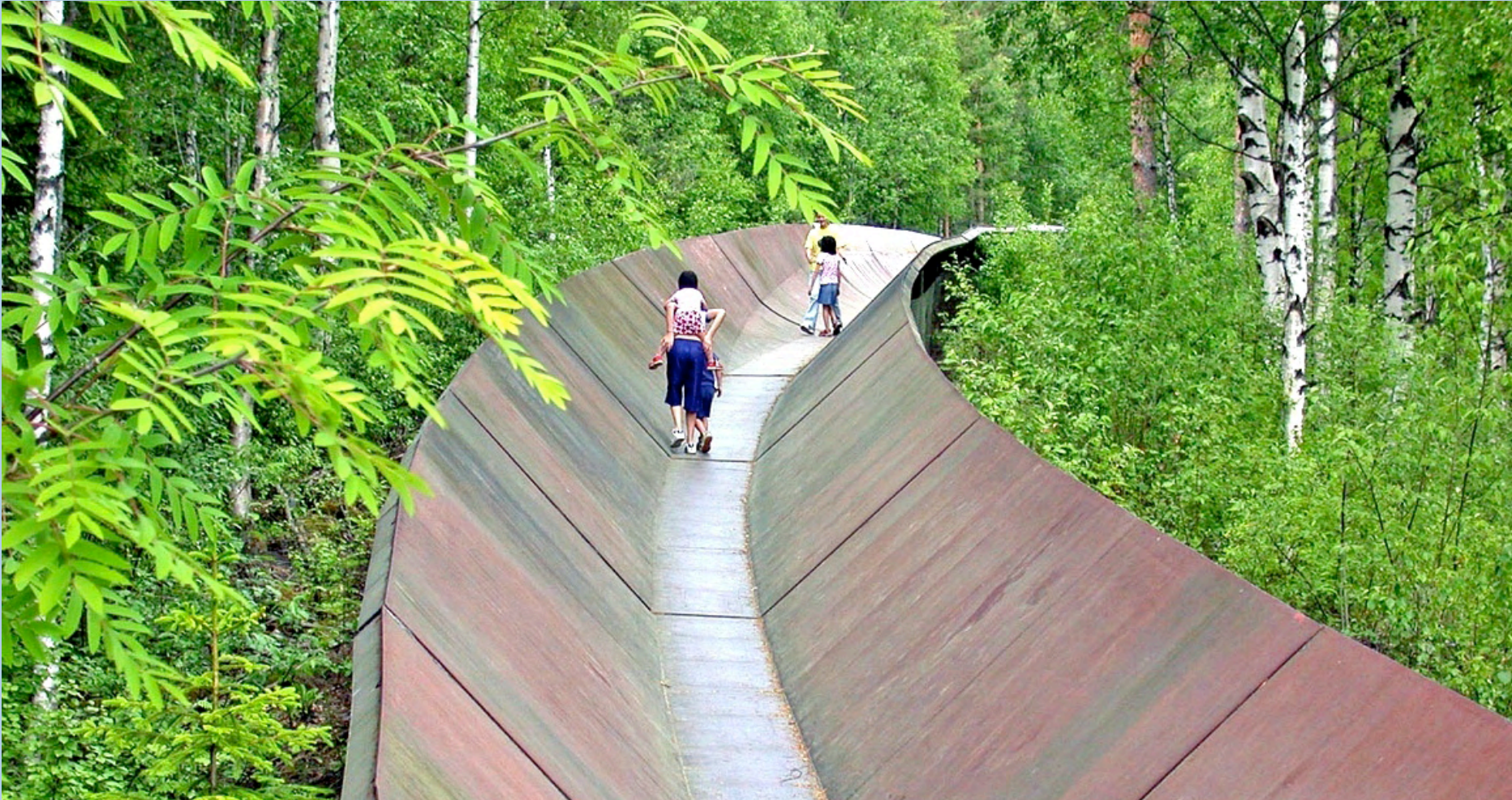
On 26 May 1732, Carl Linnaeus was in Umeå on his trip to Lapland, a journey of scientific exploration. He recorded everything he saw. In the morning, he mounted his horse for the two-week journey to Lycksele. The first day’s stretch was to Jämteböle.
Old maps show the route Linnaeus may have taken that day, a road which became worse and worse, according to his travel diary. The main road from Umeå went through villages along the river and passed Svallet about where the railroad is today. Then the road turned northwards and essentially followed today’s E12 to Gubböle. Through Gubböle and Brattby, Linnaeus travelled approximately where the village road runs today and to Sommarbacken. According to a contemporary map (1734), the road ended there. But indeed he continued along no more than paths that crossed the huge meadows and wetland clearings to Kroksberget in Spöland, where he crossed the Vindel River.
Several things piqued Linnaeus’ interest that day. He wrote that near Gubböle, which is next to Brattby, there was beautiful sand by the river that would be excellent for moulding. He was referring to sand for sand casting, which was a common casting technique at the time. This technique required even-grained moist sand packed firmly into a frame or box; the object to be cast was pressed into the sand and molten metal was poured into the cavity. Before getting to Spöland, he also took note of a special willow species: downy willow, Salix lapponum. He also described and named a new species of beetle: the leaf beetle, Chrysomela lapponica. Presumably he took samples of these species for his collections, probably from the meadows by the river in Brattby. Today, downy willows grow by the old wetland clearing on Sandån.

